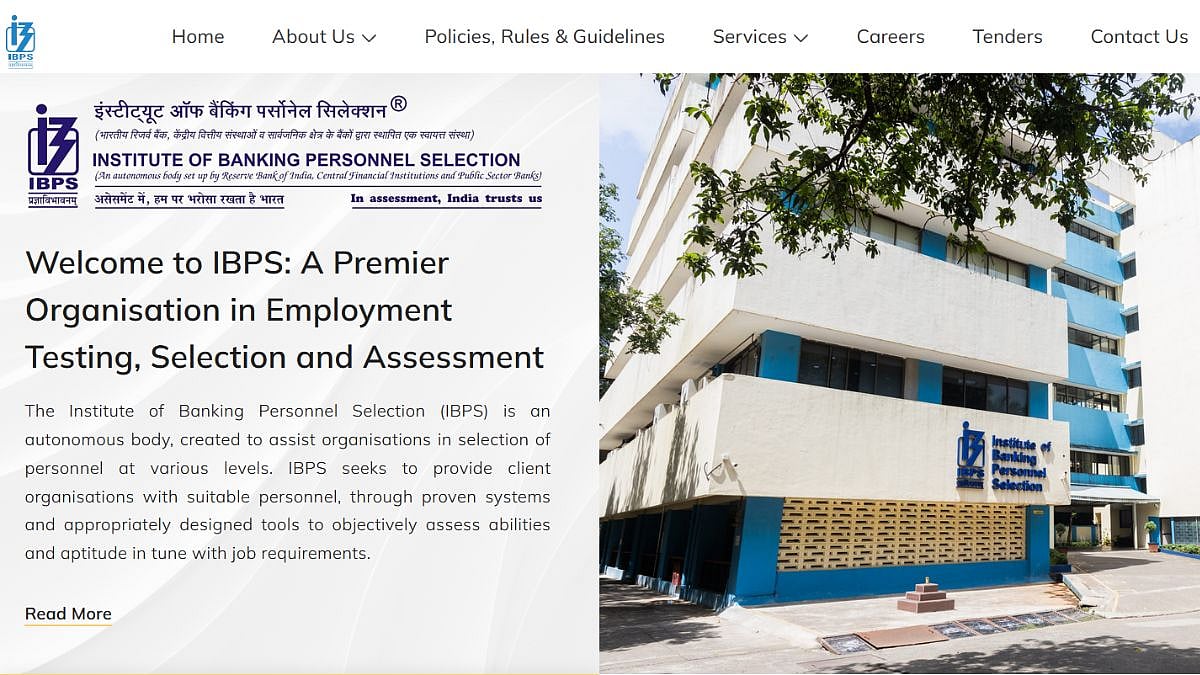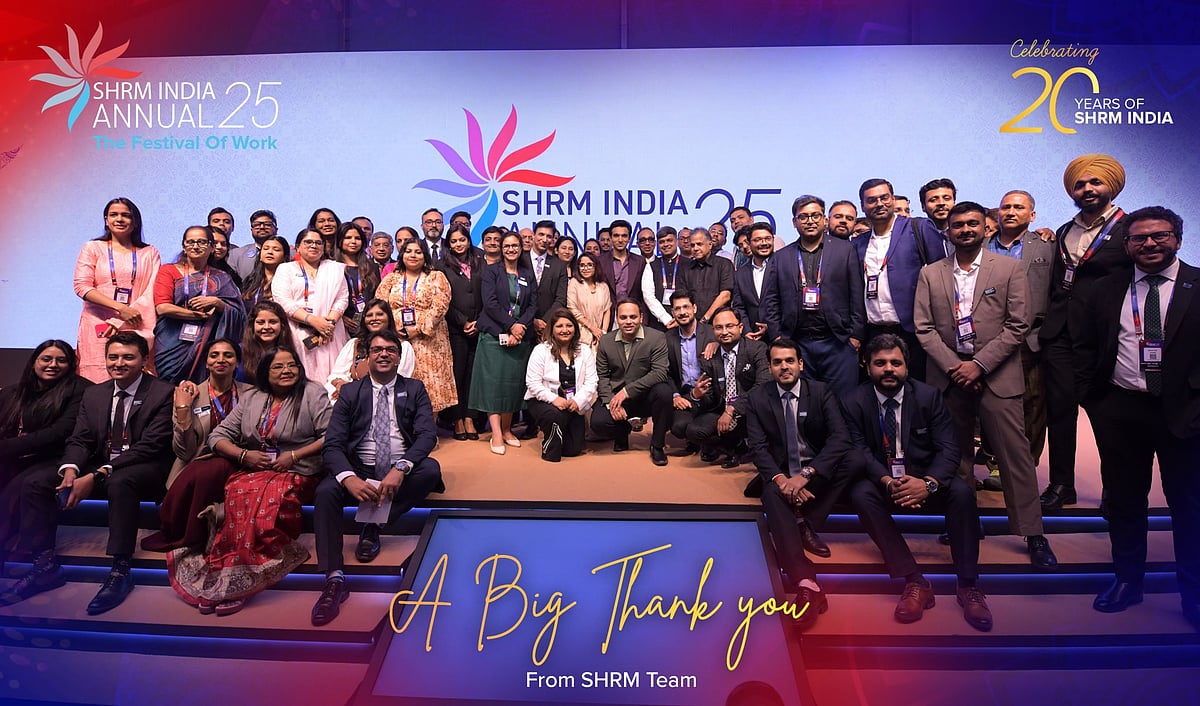The cloud computing industry has become the backbone of modern technological innovation, enabling organizations to scale, optimize, and streamline their operations. Multi-cloud environments, which utilize multiple cloud service providers like Microsoft Azure, Amazon Web Services (AWS), and Google Cloud Platform (GCP), offer businesses the flexibility to adapt their infrastructure to specific needs. These setups allow companies to avoid vendor lock-in, distribute workloads strategically, and improve resilience. However, the complexity of managing such diverse systems requires expertise in integration, security, and performance optimization.
Reflecting on the challenges of multi-cloud computing, industry expert, Upesh Rapolu remarked, “Working across three major cloud platforms has been one of the most rewarding aspects of my career. Each platform has unique strengths, and integrating them effectively allows us to harness their combined potential.” His work spans managing thousands of resources, including 13,000 subscriptions in Azure, 1,800 accounts in AWS, and 1,100 projects in GCP. These efforts have been pivotal in ensuring seamless operations in a hybrid cloud environment.
Critical to his success has been the integration of services like AWS Direct Connect, Azure ExpressRoute, and Google Cloud Interconnect to improve connectivity across platforms. Explaining this accomplishment, he noted, “The goal was to reduce latency and enhance application performance while maintaining robust security. By optimizing inter-cloud connectivity, we’ve improved data migration and workload distribution, giving teams the flexibility to choose the best cloud for each application.”
Security remains a top priority in multi-cloud management. By implementing cross-cloud identity management systems using Azure Active Directory, AWS IAM, and GCP IAM, refined user authentication while fortifying defenses. “Security is paramount in multi-cloud environments,” he emphasized. “Creating a unified identity management framework not only refine user access but also strengthens our protection against potential threats.”
Building cross-cloud Continuous Integration and Continuous Deployment (CI/CD) pipelines has been another area of focus. Collaborating with development teams, he integrated tools like Azure DevOps, AWS CodePipeline, and Google Cloud Build to ensure efficient workflows. “Developing cross-cloud CI/CD pipelines was technically challenging, but it has been instrumental in enabling seamless application deployment across multiple environments,” he shared.
Reliable networking across platforms presents a recurring challenge in multi-cloud systems. Addressing this, he implemented hybrid networking solutions, including private connections, cross-cloud VPNs, and optimized traffic routing. These measures reduced latency, improved redundancy, and ensured high availability. As he put it, “One of the toughest aspects of multi-cloud integration is ensuring reliable networking across platforms. Each cloud provider has its architecture, which can lead to connectivity issues.”
Looking ahead, the role of AI and machine learning in cloud management is set to grow. “AI-driven automation is the next frontier in multi-cloud environments,” he observed. “Using machine learning to optimize resource usage and automate tasks like load balancing and capacity planning will transform how organizations approach cloud integration.” He also emphasized the importance of serverless frameworks and containerization in creating cloud-agnostic environments, fostering greater flexibility and innovation.
Through his dedication and innovative approach, Upesh Rapolu has contributed significantly to shaping multi-cloud strategies that address technical challenges while meeting business needs. His insights underscore the critical importance of integrating diverse cloud platforms to support the technological advancements of today and the future.









